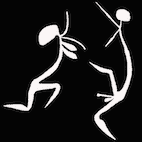Aboriginal Axe
Aboriginal
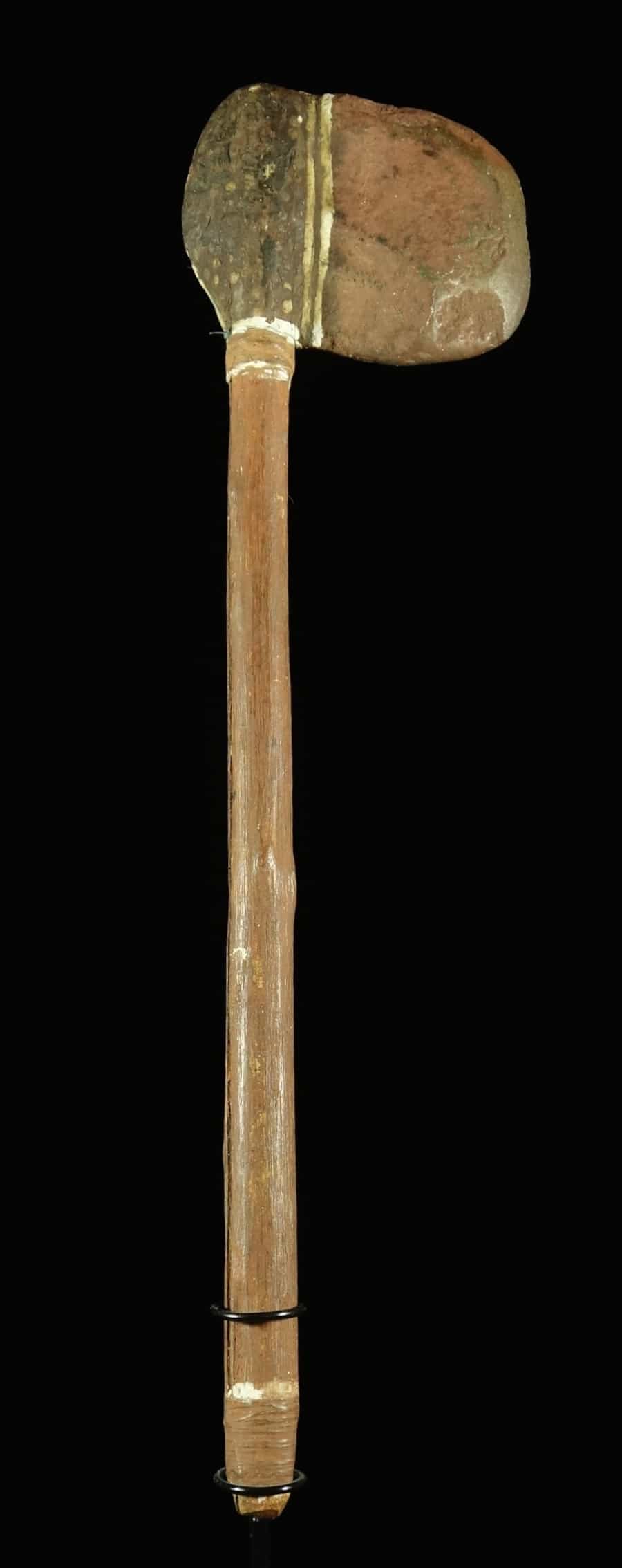
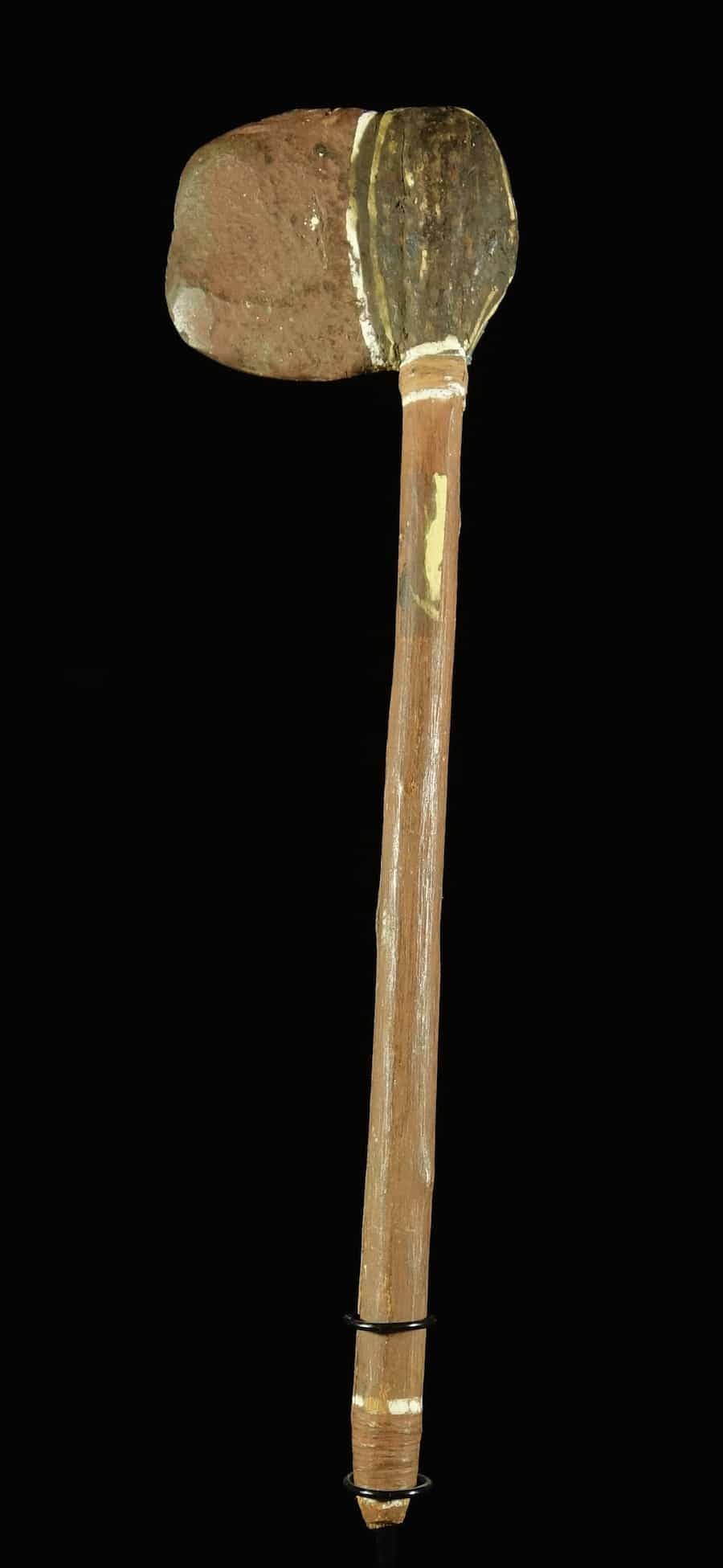
Object type: Stone Axe
Locality: Arnhem Land Northern Territory Australia
Artist: Unknown
Circa: 1960
Length: 42 cm
Description:
This axe was collected by David Oldmeadow who was Cameraman and close friend of Malcolm Douglas. Axes in good condition with the handles intact are hard to find. This one has some ochre designs and was probably collected at Yirrkala. These were used as a tool not an aboriginal Weapon
Price: SOLD
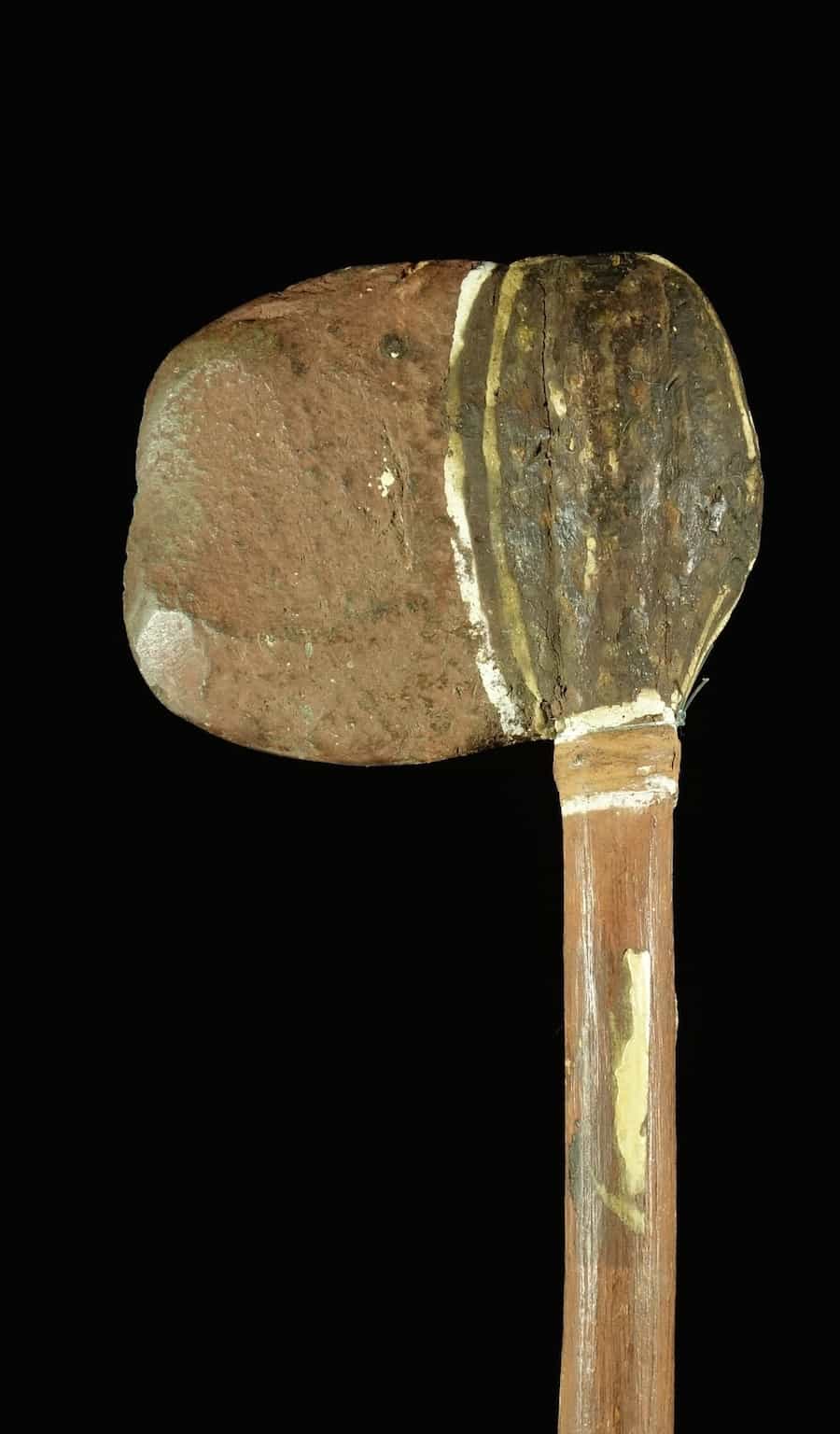
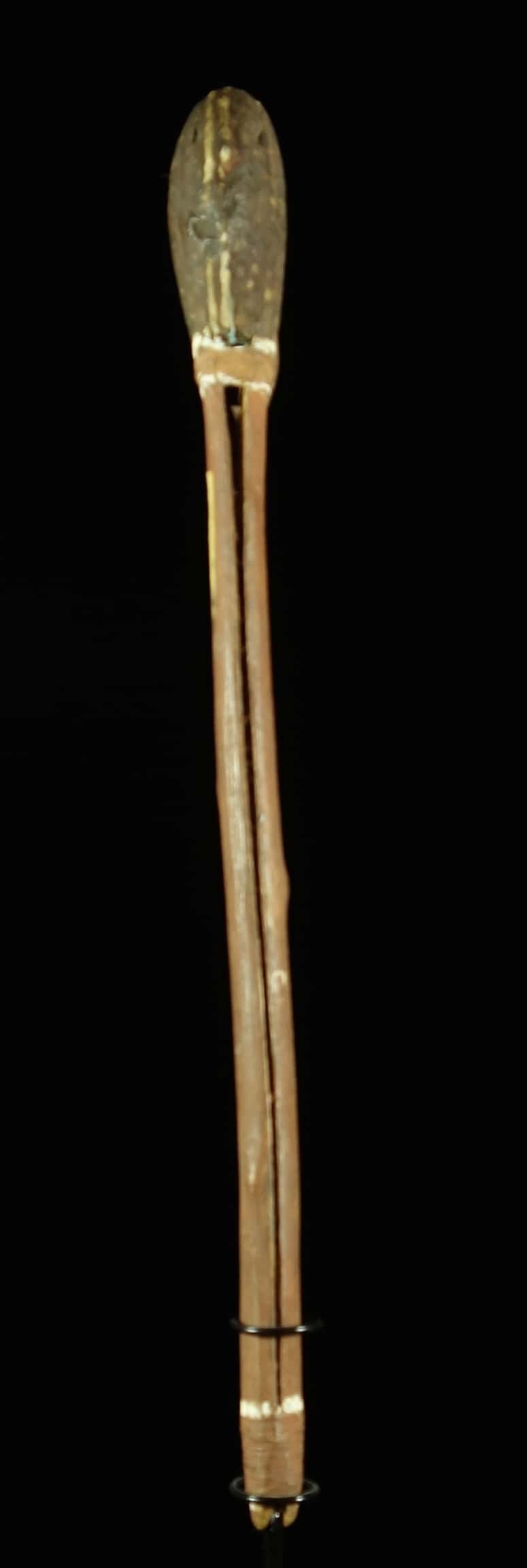
Aboriginal Axe: Collectible Artefacts and Cultural Significance
The axe is one of the most historically and culturally significant artefacts from Indigenous Australia. Known for its functionality, ceremonial importance, and intricate craftsmanship, an Aboriginal axe is both a tool and an artwork, reflecting the deep connection between Aboriginal communities and their land. Collectors and scholars alike value these objects not only for their aesthetic appeal but for the ancestral knowledge they embody.
Aboriginal axes were very seldom used as a weapon
Cultural Context of the indigenous Axe
Aboriginal axes were traditionally used across Australia for a variety of purposes: clearing vegetation, hunting, processing food, and in some regions, as ceremonial objects. They were often crafted from locally sourced stone, hardwood, or a combination of materials, with each design carefully tailored to the environment and intended use.
In addition to practical purposes, many indigenous axes held ceremonial or symbolic significance. Certain axes were intricately carved or decorated, serving as markers of status or clan identity, while others were used in initiation ceremonies or sacred rituals. This dual function—practical and symbolic—underscores the cultural importance of the Aboriginal axe in Indigenous society.
Materials and Construction
Traditional Aboriginal axes were crafted using natural resources, demonstrating remarkable ingenuity and understanding of materials. Stone axes, often made from basalt or other hard rocks, were shaped, ground, and polished to create a durable edge. Wooden handles were carefully selected for strength and balance, sometimes bound with plant fibres or sinew to secure the stone head.
Some axes feature elaborate carvings, incisions, or painted decorations, particularly in regions where ceremonial use was prominent. These markings can denote clan affiliation, ancestral stories, or connections to the Dreaming, transforming an everyday tool into a repository of cultural knowledge.
Styles and Regional Variations
The design of indigenous axes varied widely depending on geography, function, and ceremonial significance. For example:
-
Stone axes: Common in the southern and central regions, typically ground and polished for woodworking or hunting purposes.
-
Wooden axes: Often used in northern Australia, sometimes featuring carved or painted designs.
-
Ceremonial axes: Frequently decorated with geometric patterns, rarrk cross-hatching, or ochre pigments, signifying their sacred status.
Collectors often seek axes with unusual forms, decorative elements, or exceptional craftsmanship, as these features elevate both cultural and market value.
Collecting Aboriginal Axes
An Aboriginal axe is highly collectible, valued not only for its rarity and condition but also for its provenance and cultural significance. Museums, galleries, and private collectors worldwide seek well-preserved examples that demonstrate both technical skill and cultural authenticity.
When evaluating an Aboriginal axe, several factors determine its market value: condition, age, rarity, and aesthetic appeal. Axes with documented ceremonial use or links to notable Aboriginal communities are particularly prized.
Collectors should also be mindful of ethical considerations and legal restrictions. Provenance and authenticity are paramount; reputable dealers and experts can assist in verifying origin and ensuring the artefact has been obtained responsibly.
Significance and Legacy
The Aboriginal axe represents more than a tool—it is a symbol of human ingenuity, cultural continuity, and the deep connection between Aboriginal people and their environment. Each axe carries stories of survival, craftsmanship, and spiritual knowledge passed down through generations.
For collectors and art enthusiasts, an Aboriginal axe offers a tangible link to Australia’s Indigenous heritage. Its functional elegance, historical significance, and often striking design make it a treasured object in both private and institutional collections.
Conclusion
Whether utilitarian, ceremonial, or decorative, the Aboriginal axe is a remarkable testament to the skill and cultural knowledge of Indigenous Australians. Its combination of practicality, artistry, and symbolic resonance ensures that these artefacts remain central to both scholarly study and the global market for Aboriginal cultural objects.
Owning or studying an Aboriginal axe is not simply an engagement with a historic object—it is an encounter with a living culture, an ancestral legacy, and a profound expression of the enduring artistry of Aboriginal Australia.
Australian Aboriginals were not the only culture to produce stone axes with some axes being used as New Guinea weapons
